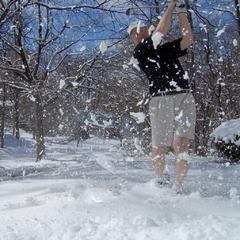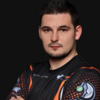Report
-
Topics Being Discussed Right Now on The Sand Trap
-
- 19,614 replies
- 1,166,306 views
-
"5 Minutes Daily" Practice Challenge 1 2 3 4 911
By iacas, in Instruction and Playing Tips
- 5 minutes daily
- dedication
- (and 6 more)
- 16,388 replies
- 1,138,506 views
-
- 5,381 replies
- 623,054 views
-
- 8,504 replies
- 388,449 views
-
- 3 replies
- 258 views
-





